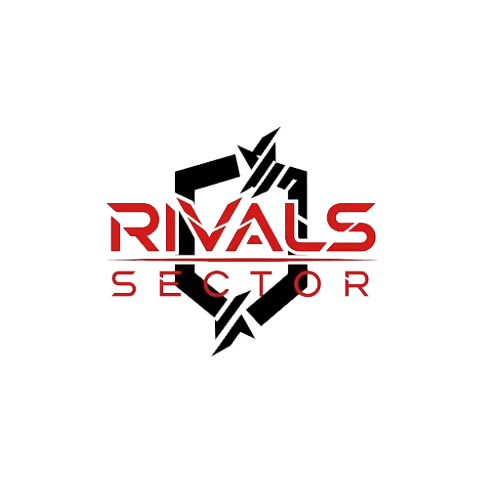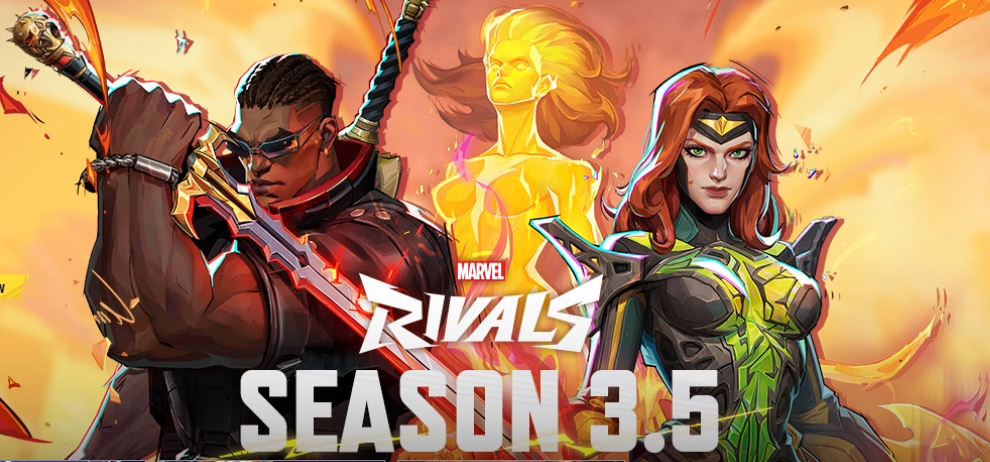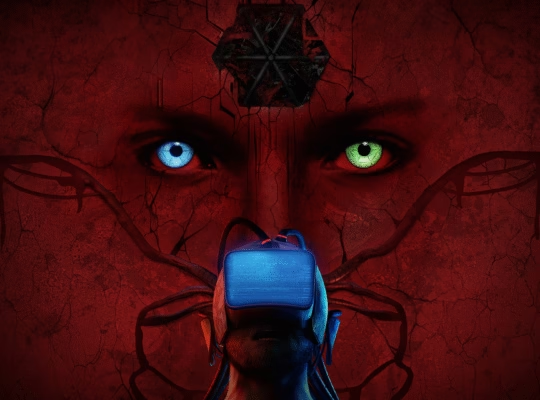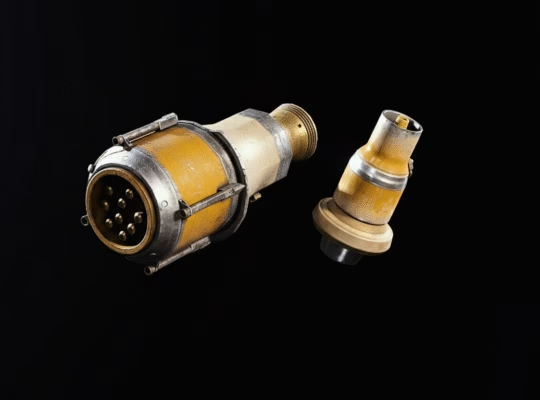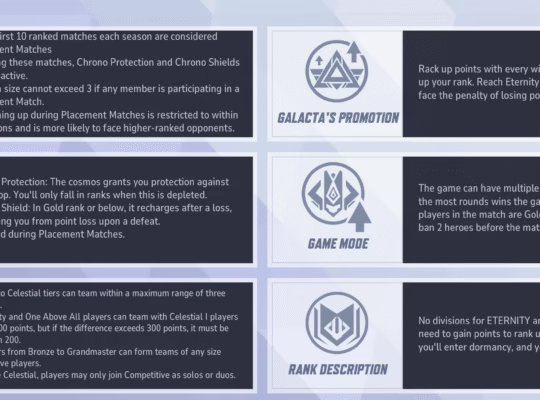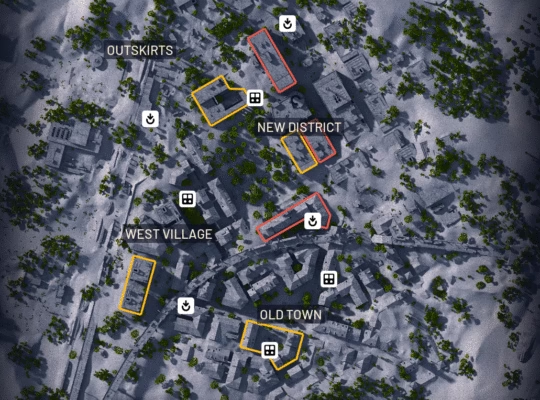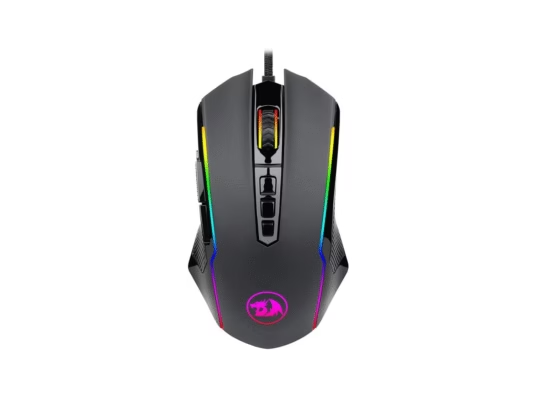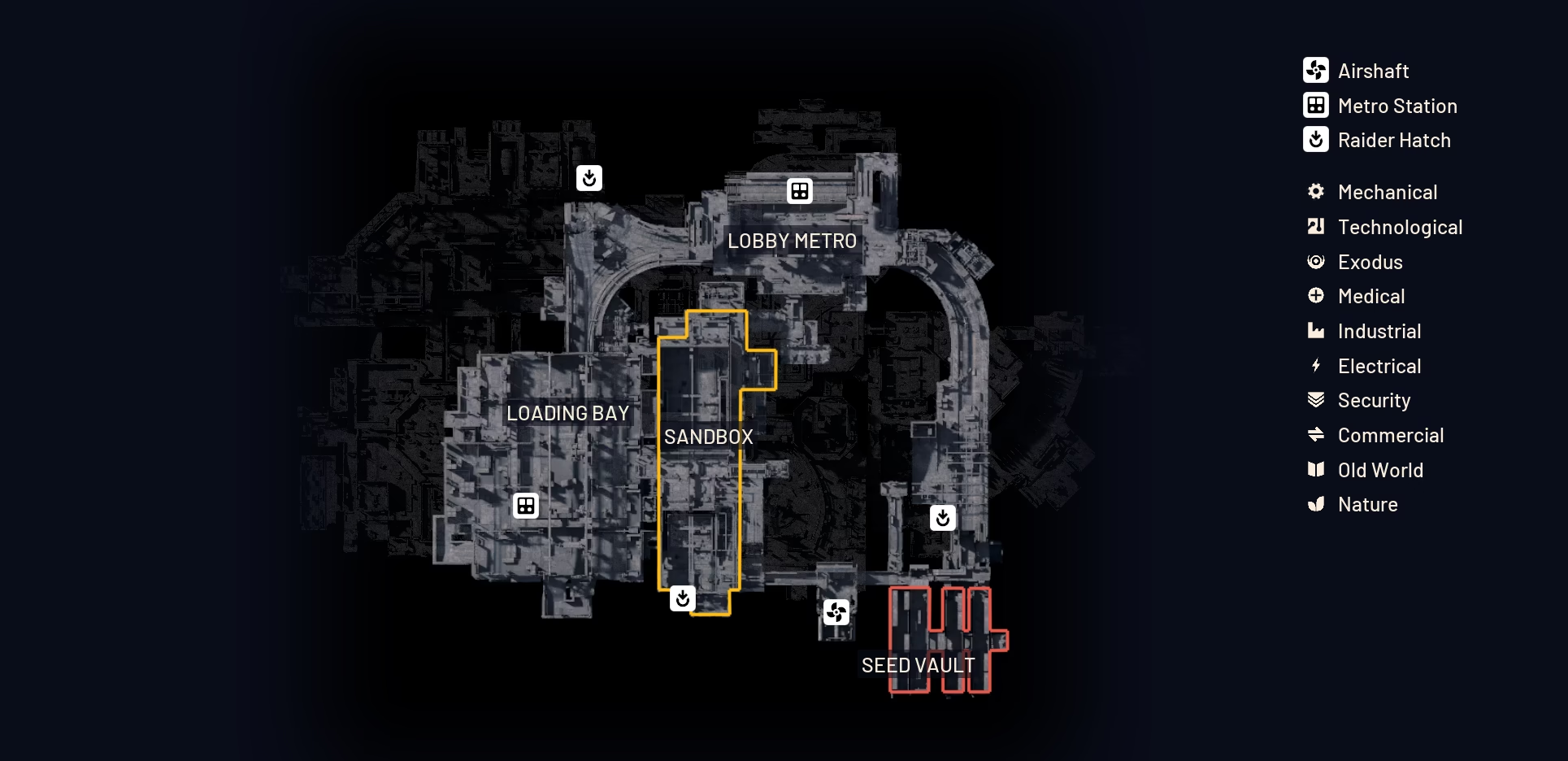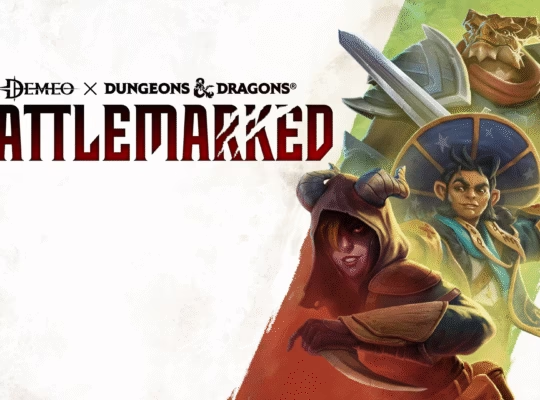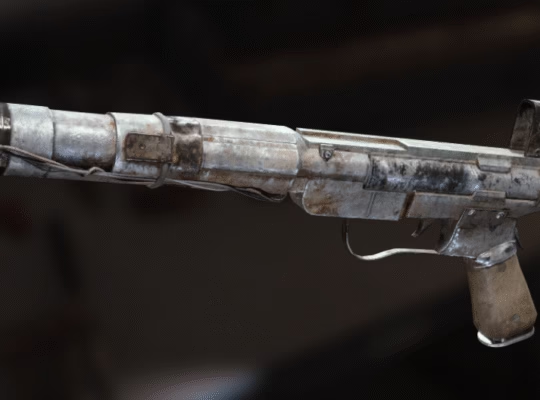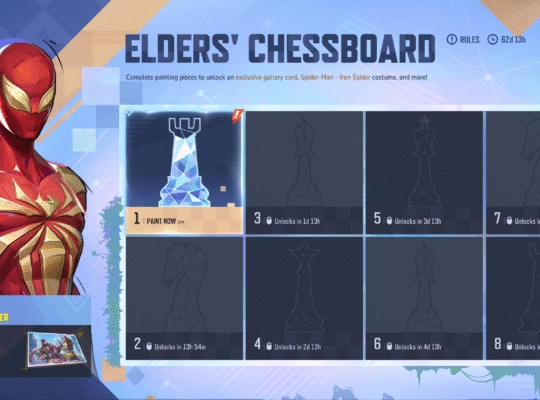Season 3.5 of Marvel Rivals arrived with a fresh character roster adjustment, new modes and a set of balance changes that have probably reshaped the competitive landscape. This article examines which heroes appear to be strongest under the Season 3.5 conditions, why they may be strong, what uncertainties remain, and how you might pick heroes depending on style and team composition. The analysis draws on the latest patch notes and community meta signals, but it is important to emphasize that the meta may continue to shift as more players and tournaments adapt to the changes.
Below is a hypothetical tier snapshot intended to reflect relative power and flexibility after the Season 3.5 adjustments. This is not a definitive ranking for every skill bracket, but it should help frame which heroes are likely to deliver consistent value.
| Role | |||
| Doctor Strange, Emma Frost, Groot | Thor, Hulk, Magneto (adjusted) | Thing, Peni Parker (with team up S or A tier) | |
| Black Panther, Winter Soldier | Star-Lord, Spider Man | Wolverine (nerfed), Iron Man | |
| Luna Snow, Cloak and Dagger | Invisible Woman, Rocket Raccoon | Mantis, Loki (nerfed) |
This table attempts to balance raw statistical strength with adaptability. In practice, some B Tier heroes may outperform higher tiers due to matchup specifics or player skill. Also, balance patches and competitive trends can push heroes between tiers rapidly.
What Changed in Season 3.5, and Why It Matters

Season 3.5 introduced a new playable Duelist, several team up adjustments, new maps or modes, and a series of hero adjustments aimed at rebalancing tanks, healers and high impact duelists. Core changes that are most likely to influence who is “best” include targeted buffs to certain tanks and strategists, nerfs to some formerly dominant duelists, and iterative tuning of newly added characters. These alterations have probably nudged the meta toward more stable frontline compositions and given counters to heal or sustain heavy teams. The new Duelist, Blade, appears to be explicitly designed to pressure teams that rely on strong healing or regeneration mechanics, which may force players to rethink who they prioritize in picks and bans.
It is reasonable to say that, in the immediate aftermath of such a patch, pick and ban rates may be volatile. Players often test new combos in casual and ranked matches, which can produce rapid changes in statistics. As the team at Rivals Sector has observed, strengths seen in the first days of a new patch don’t guarantee lasting dominance. The best heroes are often those that remain flexible across various team compositions, rather than those who simply exploit a narrow, emergent interaction.
Top Vanguards: Why Certain Tanks Look Strongest Now
Doctor Strange has likely risen in relevance because cooldown reductions and utility tweaks make his frontline presence more dependable. In practice, this means he can contest zones and peel for teammates more often, which increases his value in coordinated play. Groot also appears stronger thanks to improvements to his area effects and sustain, making him a more credible zone controller across objective maps. Thor’s adjustments grant him better tools against aerial duelists and mobile threats, which may make him more valuable in meta variants where mobility is prominent. All three may be preferred when teams want a measured, controllable front line that can enable high value Duelists and Strategists.
That said, a tank’s effectiveness is often contextual. A Vanguard who excels at stalling and control can struggle if enemy Duelists focus single target burst with strong counters. Therefore, the practical best pick may be the tank that complements your Duelist or shuts down the opponent’s win condition, rather than the highest win rate hero in isolation.
Top Duelists: Blade and the Reshaped Damage Tier
Blade’s launch in Season 3.5 introduces a Duelist who specializes in lifesteal mechanics and healing reduction against enemies while maintaining strong close to mid range threat. Early tuning suggests his lifesteal scaling and damage profile make him a direct counter to heal heavy lineups, and he may be particularly effective in coordinated squads that can create isolated engagements for him to exploit. Blade’s kit may force opposing teams to prioritize CC and crowd control to shut him down quickly.
Spider-Man and Star-Lord retain relevance after targeted improvements to damage output and survivability. Spider-Man’s enhanced damage consistency makes him a stronger pick for teams that need reliable burst in short skirmishes, while Star-Lord’s survivability tweaks let him survive longer in chaotic fights and therefore provide sustained damage or objective pressure. Adam Warlock remains interesting as a hybrid option, because his revised resources and support utility allow him to alternate between front line assistance and damage focus depending on team needs. Overall, Duelist strength will often be determined by the enemy composition – Duelists that can be isolated and punished will struggle, while those who can create or exploit space will likely excel.
Top Strategists: Why Supports Still Drive Many Outcomes
Strategists such as Luna Snow, Adam Warlock and Rocket Raccoon are still central to many successful team builds. Luna Snow’s consistent healing and utility may keep her among the most reliable supports in both ranked and higher level play, especially when paired with team ups that increase her survivability or that amplify her healing. Adam Warlock’s hybrid nature means he can function as a force multiplier by improving revive quality and by applying team wide buffs, which in turn elevates his priority in drafting phases. Rocket remains a pragmatic pick for coordinated teams that require clutch revives and positional plays. These Strategists may not always get flashy play highlights, but they often decide longer engagements and objective fights.
It is worth noting that supports are vulnerable to anti-heal mechanics and focused assaults. Because Blade explicitly targets healing, teams that rely on a single high value Strategist should probably plan a backup or a protective peel strategy to mitigate Blade’s pressure.
Synergies, Counters and Practical Drafting Advice
Picking the single “best” hero is often less impactful than assembling complementary synergies. For example, Blade pairs well with crowd control allies who can lock targets long enough for his lifesteal to win sustained fights, while Luna Snow benefits from duelists who can create space rather than those who require constant peel. Doctor Strange and Groot both excel in compositions that want to stall or control space, which in turn allows flankers and duelists to operate with lower personal risk.
Counters are equally important. Anti-heal effects, strong burst duelists and coordinated CC are typical answers to sustain heavy comps. If you face a Blade pick, consider drafting reliable stuns and interrupts, or drafting duelists who can prevent Blade from isolating key targets. Conversely, if the opposing team lacks a reliable peel option, prioritize Duelists that can make the support and tank pay a high price for aggressive positioning.
When drafting, ask these practical questions, in order:
- What is the enemy win condition and how can I disrupt it?
- Which ally hero will be most empowered by my pick?
- Is my pick flexible against common counters in this rank or region?
Playstyle Guidance by Role
If you prefer to carry through mechanical outplay, a Duelist such as Spider-Man or Blade may suit you, provided you can consistently isolate targets or win 1v1s. Players who favor map control and tempo may prefer Vanguards like Doctor Strange or Groot, who can shape engagements and buy time for Duelists to secure kills. If you play a supportive role, choosing strategists with clear synergy to your team’s Duelist – for example, Luna Snow when paired with long range, zone control Duelists – will often be more rewarding than picking the highest statistical healer.
Remember, some heroes are more demanding; a skill intensive Duelist can be low value in uncoordinated matches but very dominant in coordinated play. Conversely, a forgiving Vanguard may translate to consistent wins in solo queue because it requires less perfect execution from teammates.
Competitive and Community Signals, and Why They May Mislead
Early community tier lists and content creator rankings can provide useful signals, but they may also overreact to small statistical bumps or to the visibility of a hero in high profile matches. It is common for content creators to hype new heroes – especially newly released Duelists – which can create a temporary surge in pick rate without a corresponding long term win rate. For an empirical picture, combine community assessments with ranked statistical trackers and with VODs from high level matches.
Also, be mindful of regional differences and pro play meta. A hero that is dominant in tournament play because of coordinated strats may not be the best choice for solo queue, and vice versa. Some experts believe that watching tournament-level play is useful primarily for strategy inspiration rather than for direct copy paste of picks. This is because pro teams may exploit synergy patterns and level pacing that are unlikely to appear in random matchmaking.
Limitations and Uncertainties You Should Consider
The conclusions presented here are based on early and mid patch data and on community meta signals. This means the following limitations apply:
- Patch adjustments may continue to change certain heroes’ relative power.
- Pick and ban behavior is sensitive to visible pro play; spectator tournaments can shift the meta quickly.
- Player skill and coordination heavily modify how a hero performs in practice.
Because of these factors, it is probable that some heroes will move between tiers as the season progresses. Further research and continuous tracking of patch notes and ranked statistics will likely be required to refine these rankings over time.
Practical Next Steps for Players
If you want to adapt quickly to Season 3.5, try these steps:
- Pick two heroes per role that you enjoy, one playstyle focused and one flexible pick.
- Test them in a variety of maps and game modes to understand situational strengths.
- Monitor balance patch notes and community analysis after each mini patch, so you are not surprised by sudden tuning.
- Review replays of your matches to identify common failure scenarios and successful synergies.
These steps may help you stay ahead of incremental meta drift and make better drafting choices in both ranked and casual play.
Bottom Line
Season 3.5 has brought meaningful changes that probably elevate a handful of heroes while constraining others. Doctor Strange and Groot seem to offer dependable frontline value, Blade has introduced a new wrinkle that pressures heal oriented teams, and supports such as Luna Snow and Adam Warlock remain central to many winning compositions. Yet, the meta is dynamic, and the best hero for you will often be the one that fits your team composition and your own playstyle. Some experts emphasize adaptability and synergy over chasing the highest ranked hero, and this conservative approach may be the most robust path to consistent success.
If you would like, I can produce a printable one page cheat sheet with pick and ban priorities for Season 3.5, or run a deeper hero by hero breakdown with recommended loadouts and team up pairings. Keep in mind additional small patches may alter priorities, so continuous learning is advisable.

